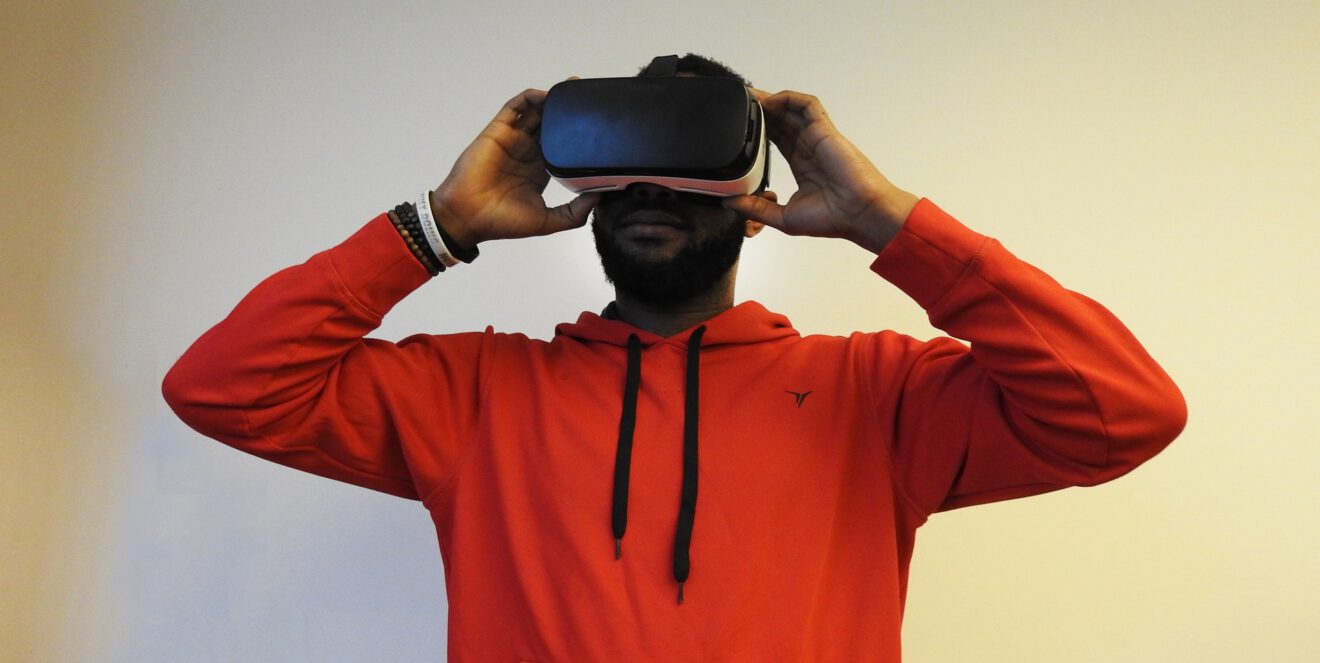One of the biggest trends to come out of ISTE 2016 was more viewers and services for virtual reality in education. Here’s a look at some my takeaways from the show:
Nearpod, a student engagement platform, has added a virtual reality component to its services. It is a paid service, though some schools and districts have received viewers as a bonus for purchasing the program. The service is available for all platforms, including PCs and mobile devices. Nearpod also offers lessons for teachers to purchase.
Google Expeditions, now officially out of beta, is an Android-only option for virtual reality. Each expedition is comprised of images and teachers can control what students view. Scenes include information that teachers can share with students. They can also direct students to specific points of interest on each image. There are currently expeditions for college tours, landmarks, internal body systems, space and career shadowing. To run Google Expeditions you’ll need a bit of equipment and Best Buy for Education offers ready-to-go kits. This is an expensive option, so you may want to review what’s included in the kit and consider creating your own. Also, for a class of 30 students, I advise only using 15 viewers so students have the opportunity to share and discuss what they are viewing.
What I’m most excited about is the opportunity for students to become virtual-reality creators and not just consumers. Story Spheres is a site where students can upload spherical photos and audio files and create interactive virtual-reality presentations to share with their classmates. Storyspheres.com uses Google Single Sign On and Google shares your email address with the application but not your password or any other personal information. Story Spheres works on all platforms, including PCs and mobile devices.
Google Cardboard for Education Google+ community is a great place to connect and exchange ideas with other educators using virtual-reality tools.
Regardless of which platform or service you use, it’s important that you remember the human element of this technology. I’ve had many thoughtful discussions with students during the course of our virtual-reality experiments, about the places we’re visiting in the virtual world as well as concepts like digital citizenship and copyright law. Don’t let students hide behind the viewer for the entire lesson – you might lose this type of authentic discussion. Also, build in opportunities for discussion, reflection and questions. I’ve seen teachers travel journals of field trips to landmarks or interview guides for career exploration. You could also let a foreign-exchange student or newcomer lead the class on a virtual-reality tour of their hometown.
There are many exciting things happening in the world of VR. Hopefully, this tech tip gives you some ideas for getting started in your classroom.
Ari Flewelling is a Staff Development Specialist for Riverside Unified School District, Google Educator Trainer, and Google Certified Innovator. She is also a CUE Affiliate President, former high school English teacher and #GAFESummit Demo Slam Winner. Ari graduated from Boise State University with a Masters in Educational Technology . Connect with her at her website or follow her on Twitter.
_________________________________________
Tech Tips is a content collaboration between SmartBrief Education and GreyED Solutions. Have a tech tip to share? Contact us at [email protected]
__________________________________________
Like this article? Sign up for SmartBrief on EdTech to get news like this in your inbox, or check out all of SmartBrief’s education newsletters, covering career and technical education, educational leadership, math education and more.
